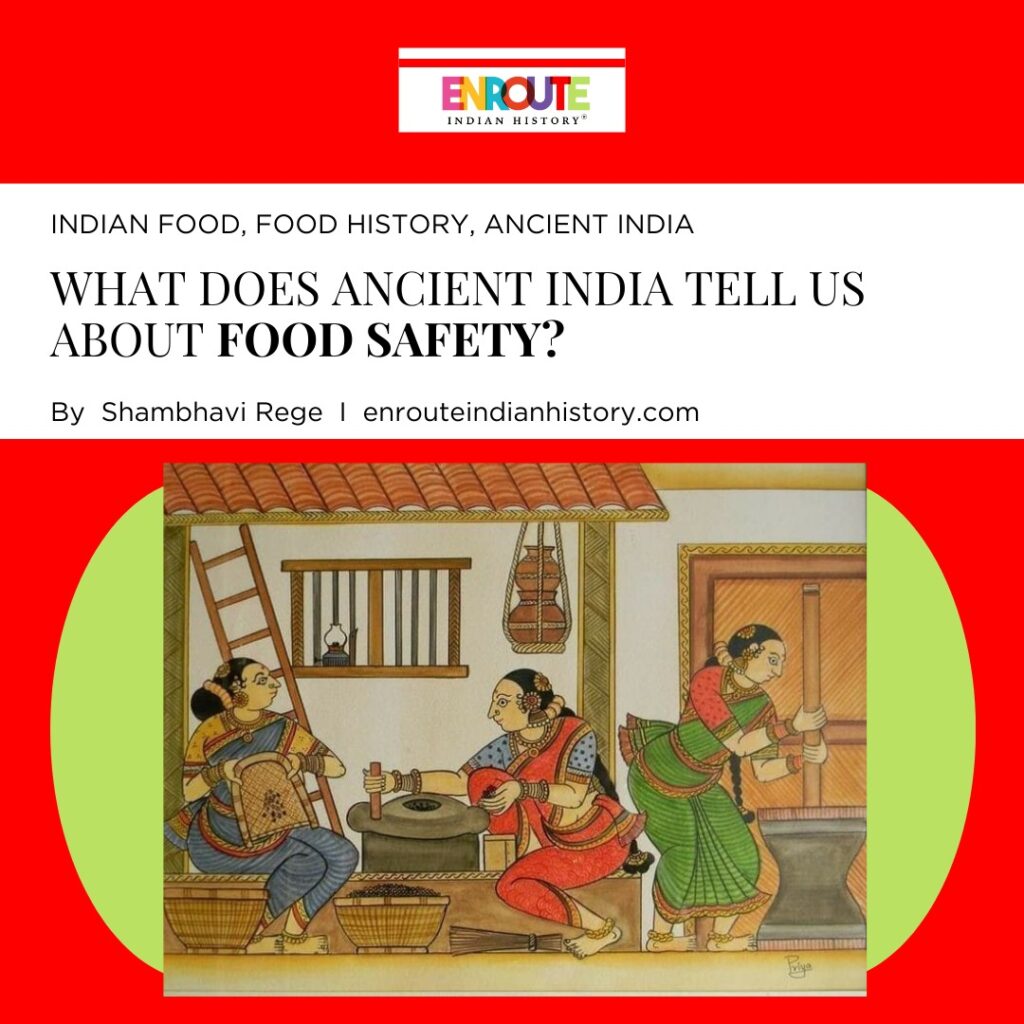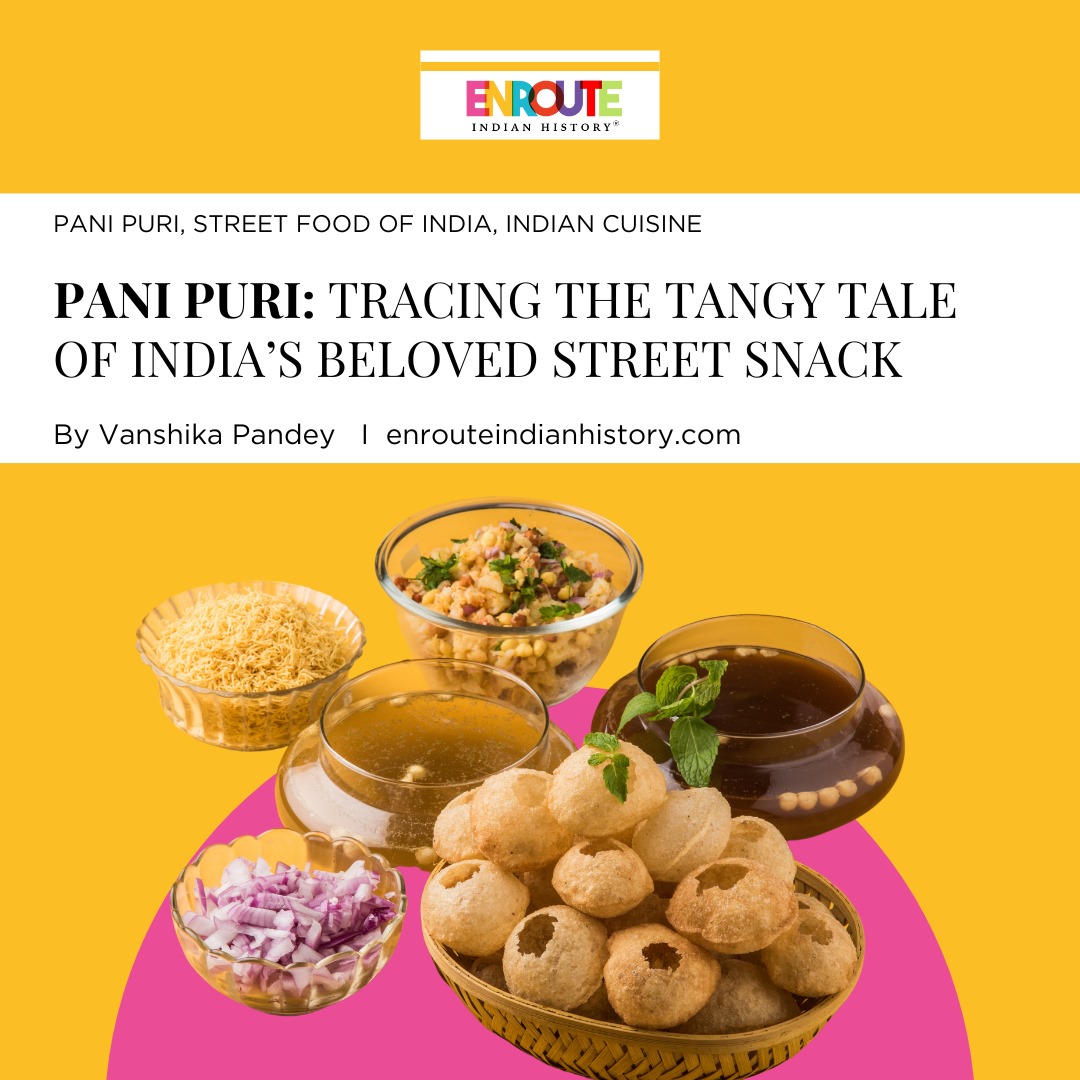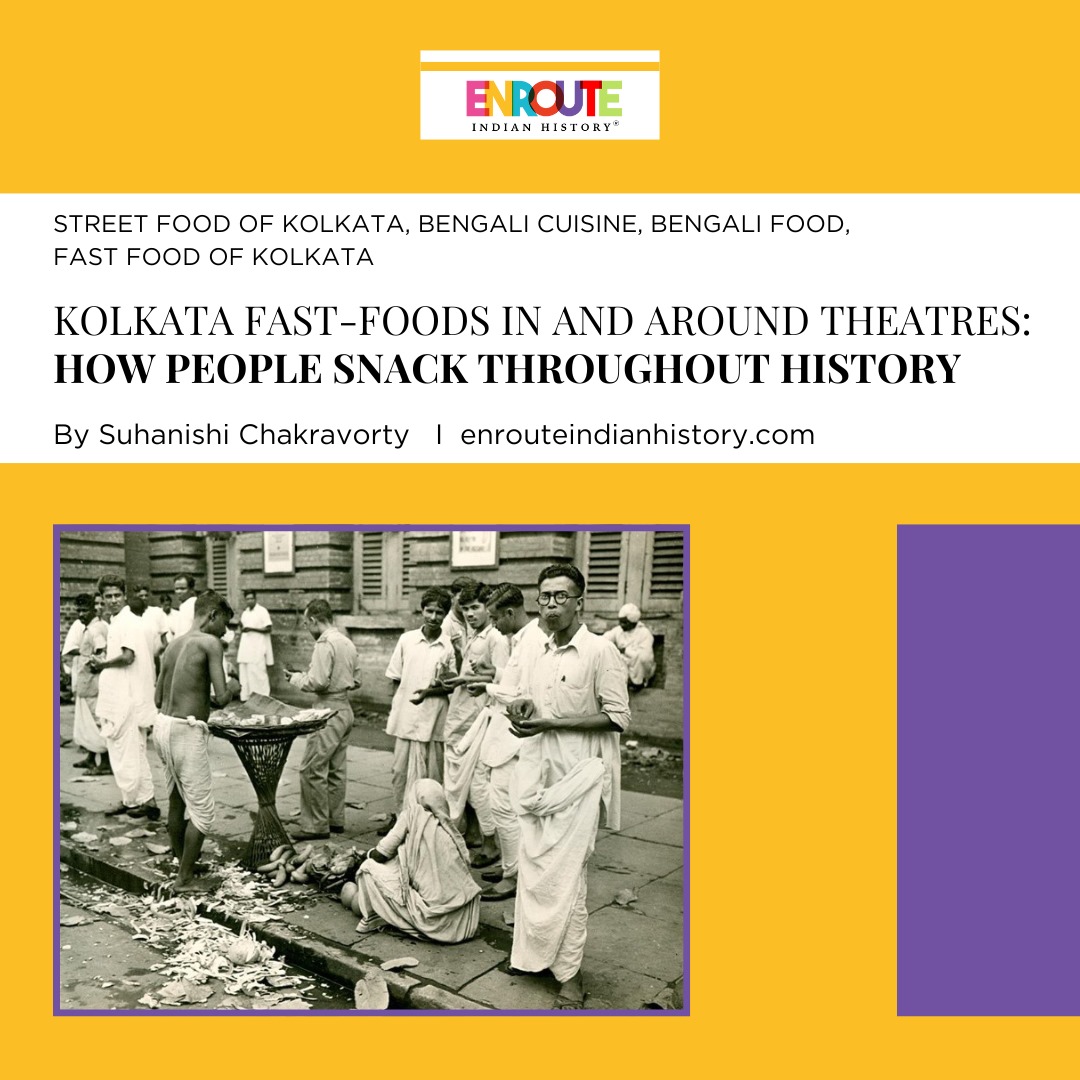
Food is one of the basic energy sources. Air, water and food are the three basic needs of human living beings. A human can survive without clothes and shelter but cannot survive without food. Living beings derive nutrition from it to lead a healthy life. But what happens when this source of energy is contaminated? When the source that is supposed to be the life-giver for living beings turns out to be poison? This happens when the food is adulterated with substances that should not be in it. Food adulteration is both intentional and unintentional. It is rampant in Indian society and even the ancient texts have mentions of it. The food history is not only limited to cuisines but also Nyayalayas as strict measures were implemented to punish those who intentionally adulterated food.

Different food groups (Credit – https://food.unl.edu/article/food-groups)
Food is not limited to nourishment and is a source of energy. It appeals to the taste buds of humans. There are many different recipes and cuisines all over the world. Indian cuisine is one of the most talked about because of its varied flavours and elaborate cooking methods. Similar to customs and practices, cuisines also change in India in every region and state. Indian food is so vast that there can be two or three different cuisines in one Indian state. The food history of India showcases the love of Indians towards food and cuisines. Indian food history unites all food lovers under one roof of taste and palette. But what happens when this source of nourishment and happiness is prepared or mixed with substances that should not be present in it? The milk that is looked upon as a source of nutrition can turn poisonous when adulterated with a detergent powder. This is the sad reality of today’s Indian food industry.

Ways to find out whether the food items are adulterated [Credit- Sharon, Fernandes, The Economic Times]
Food adulteration present in Indian food
Food adulteration is defined as ‘the alteration of food quality that takes place deliberately’. Ingredients are added to alter the properties of food. It is done for economic advantage. Different properties of food such as colour, taste, weight, appearance, volume and shelf life are changed for gain. Unfair practices about food are not a recent issue. The horror of food adulteration and unfair practices has been present since ancient India. After the onset of the 2nd world War, both the developing and developed countries witnessed rapid development in agricultural and industrial sectors. This was done to fulfill the basic needs of people. People are dependent on the agricultural industry for food. With changing times and increased population, the burden on the agriculture sector is highlighted. Demand for food is high and often unmet due to the prevailing issues. To meet the demands and increase the profit for themselves, the suppliers exploit the consumers by adding foreign substances to food and selling it. Unintentional adulteration can be dealt with and it is not harmful. Intentional adulteration is harmful to human health. The Indian food sector has witnessed food adulteration many times. Milk is adulterated with water, chalk powder, and caustic soda. Tea and coffee are the most consumed beverages in India and they too can’t escape the fate of adulteration. Tea leaves are mixed with colored leaves and coffee seeds are often mixed with tamarind and mustard seeds. Vegetables are polished and made shiny with colours and dyes. Metanil yellow, a non-permitted food color is used to polish the dals and spices are mixed with harmful substances.
Rasoi issues taken to Nyayalaya
In pursuit of higher profits, the well-being of consumers is often put at risk. Several health problems are caused due to food adulteration and the effects can be noticed on the nervous system as well as cardiovascular issues. Indian food has been battling the demons of food adulteration since the beginning of its food history. In the pre-independence era, provinces had their own rules and regulations to counter the unfair trade practices of adulteration. The Calcutta Municipal Act (1923), the UP Pure Food Act (1950), the Punjab Pure Food Act (1929) and the Bihar Prevention of Food Adulteration Act were present in the pre-independence period. The food adulteration committee was set up in the year 1943. It was approved. The Prevention of Food Adulteration Act, of 1954 was implemented. It came into effect on 15th June 1955. This act defines the food adulteration and the intentional use of substances in food. The punishment for the offence is 6 months to 1 year imprisonment. After violating the rule for a second time the punishment amounts to up to 6 years imprisonment. This law was amended in 1964 and 1976. The Food Safety and Standards Act was brought into force in 2006. Sections 272 and 273 of the Indian constitution deal with the offence. It is seen that unfair trade practices and unlawful food adulteration are dealt with severely and violators are punished. Though these laws are recent, problems regarding food adulteration existed in ancient India also and even then, the laws regarding food adulteration and unfair trade practices existed. Ancient texts provide information regarding the same.

Dharmashashtras laid out code of conduct and laws for the society (Credit- Nithin Shridhar, INDICA Today
https://www.indica.today/long-reads/place-of-dharmashastras-in-hindu-worldview/)
Ancient texts and food-related laws
As mentioned earlier, Indian food has a vast history. Its cuisines and famous dishes are mentioned in some ancient texts also. Some of the recipes of the past are relished even today. Food history in the Indian subcontinent starts with the intake of raw and edible fruits roots and tubers. With the invention of fire, the food was cooked and eaten. Over the centuries different regions developed different food habits and Indian food gained diversity. The purity of the food was considered important. Special measures were taken to maintain the purity of food and make it palatable. Indian epics Ramayana and Mahabharata mention different food dishes that were partaken by people in those times. Vedas, Dharmashashtras and other ancient texts have mentioned food history and its evolution. In the same ancient texts, we also come across food adulteration and unfair trade practices practised in those times. The Dharmashashtras contain the traditional teachings and lay out the civil and religious laws. They shed light on the ancient institutions and civilizations. Even then Nyayalayas existed to provide justice to people. These ancient texts also highlight the measures that have been taken to protect the rights of consumers in ancient times. The Dharmashashtras laid out the norms and rules and the society followed them. Manu smriti, a 2nd-century text, officially termed Manava Dharma Shastra states the prescribed code of conduct and the specific punishment for unfair practices. As per Manu Smriti, the state fixed the rates for the purchase and sale of essential goods. It also states that a commodity that is mixed with another commodity should not be sold. A commodity that is a bad one should not be sold as a good one. It states fine for people who practice food adulteration. The state had the power to confiscate the entire property of traders and the king could control the prices. The selling of seed corn was seen as a punishable offence. In Yajnavalkya smriti, Yajnavalkya states the presence of food adulteration. He states that altering the food materials like ghee, salt, paddy, milk and so on can be counted as an offence. The violator needs to be punished with 16 panas.
Arthashastra



(Credit – India Today)
Kautilya, food adulteration and Nyayalayas
In Arthashastra, there’s a chapter titled Kantaka Shodhana dedicated to weeding out the anti-social elements. It states the assurances that need to be taken to safeguard the health of the public and prevent adulterated food and items from being sold to the public. Kautilya refers to this adulterator as Kantaka. Arthashashtra states that a person who sells adulterated salt should pay the highest fine for violence. A fine of twelve panas was levied on people who sold objects that were adulterated. The sale of inferior commodities with false descriptions was prohibited. Kautilya also talks about deceitful mixtures. These are products of mixing one or two ingredients that should not be present in the original product. Such products are made with additions of foreign products and subsisted with harmful items. Arthashashtra strongly disapproves of food adulteration as a healthy human capital is the wealth of a nation. A healthy and pure diet was necessary for better lifestyle and productivity.
Unlawful trade and food adulteration have been present in the world since time immemorial. The rules and regulations related to it are found in the Greek and Roman empires as well as Hammurabi’s code. In ancient India malpractice was prevalent. Ancient texts refer to the devils of food adulteration and malpractices and state the laws that shall be implemented to control the evils. Food adulteration and the laws related to it are as old as the food history itself. Dharmashashtras like Manu Smriti, Yajnavalkya Smriti, and Brihaspati Smriti state the malpractice prevalent at those times and the punishment meted out. Kautilya’s Arthashashtra also states the presence of adulterated food sold. Strict punishment was meted out for the same. Today in India numerous food regulations and consumer protection rights exist to take unlawful people to court. The laws were formed and implemented since the pre-independence era. The Food Regulations Act in India from the mid-20th century finds its roots in ancient texts.
References
Chauhan, Dr.Aditi Didwal and Dr.Rachita. “Legal and economic perspective of the consumer protection act, 2019 in India: An overview.” International journal of scientific research and management (2022): 375-376.
Devi, Dr.Sunita. “Kautilya’s philosophy on adulteration of food products.” International journal of social science and economic research (2018): 7214-7219.
K.Jyotsna, Ambalika Aditi Dubey. “Critical analysis of food adulteration in India.” International journal of creative research thoughts (2021): 522-523.
Kumar, Rupesh. “A legal concept of food adulteration in india.” Mukt shabd journal (2020): 1924-1925.
Lasztity, Radomir. “History of the food quality and standards.” Food quality and standards (n.d.).
Mekala, Rajanikanth. “A study on evolution of consumer protection in India .” International journal of application or innovation in engineering and management (2017): 133.
Prasad, Dr.A.Rajendra. “Historical evolution of consumer protection and law in India .” Journal of the Texas Consumer law (n.d.): 132-133.
Yadav, Alka. “Traditional methods of food habits and dietary preparations in Vedas.” Alternative and Integrative medicine (2021).
- May 8, 2024
- 8 Min Read


























